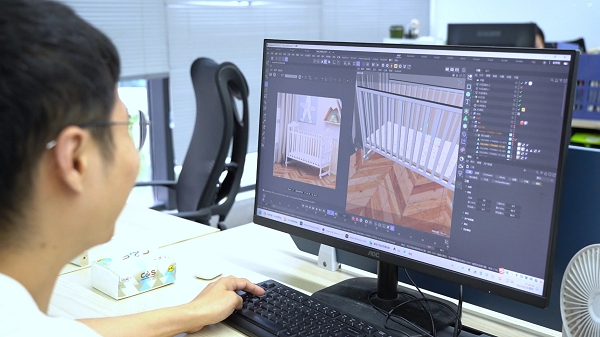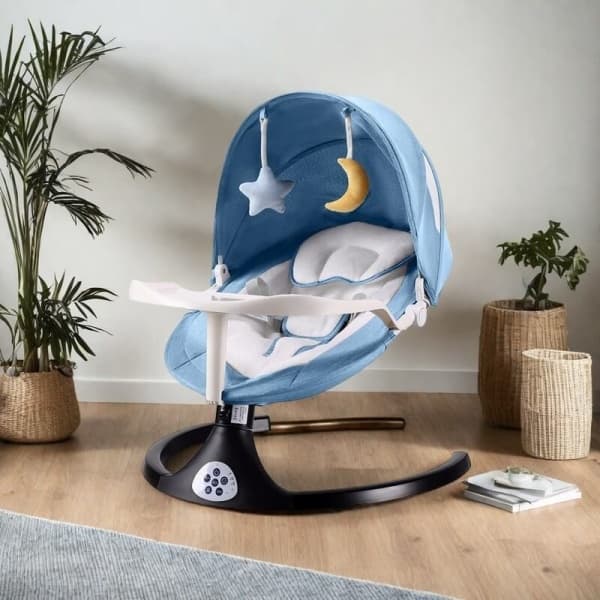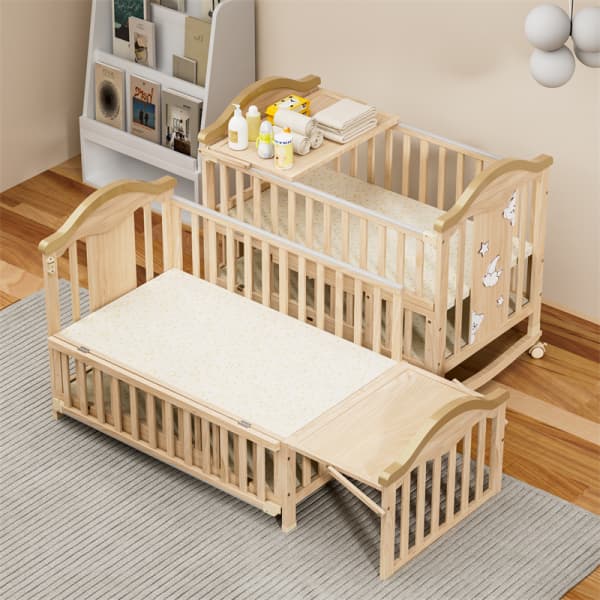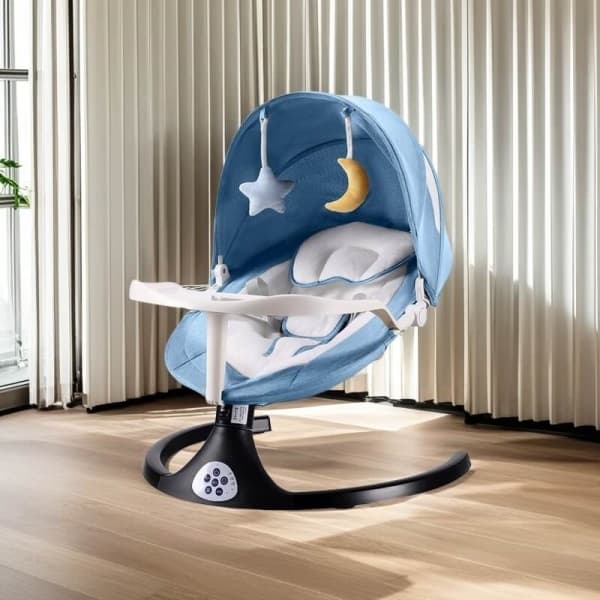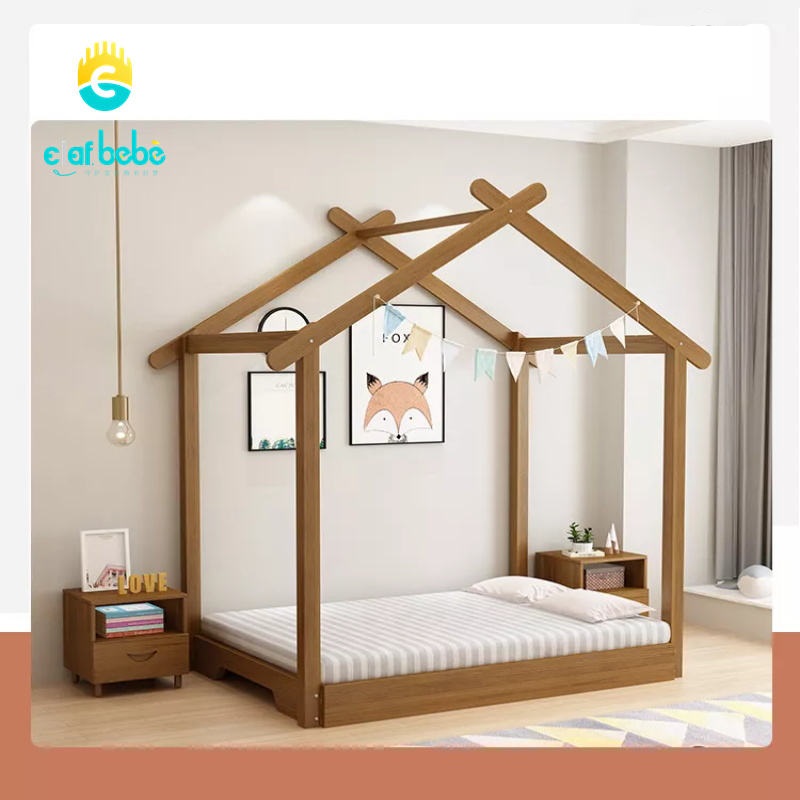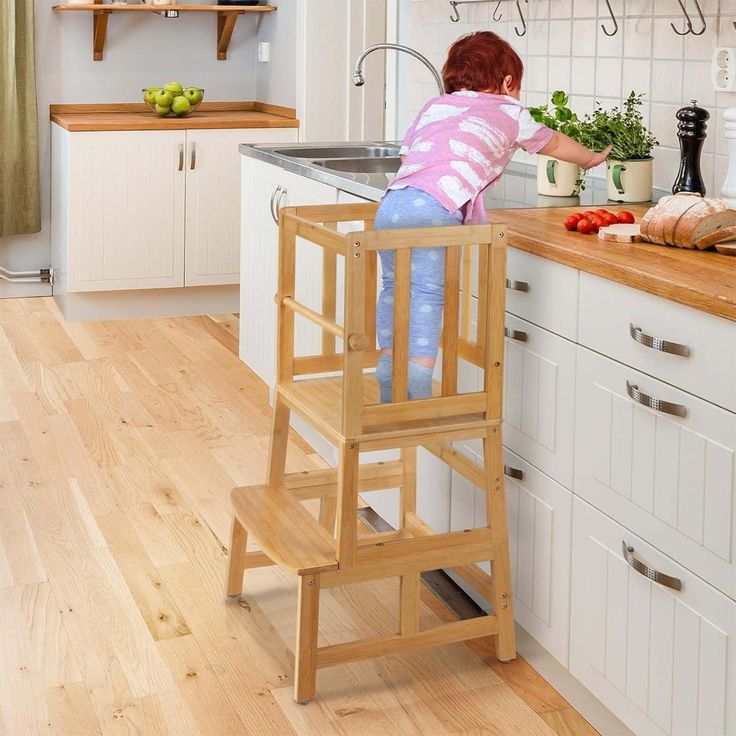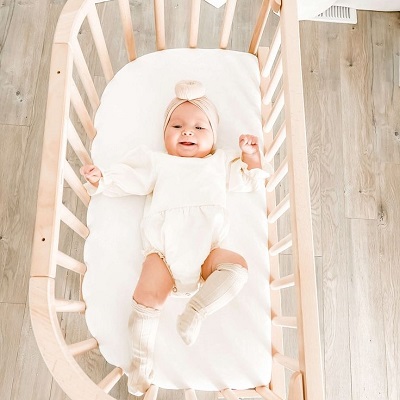Baby swings are hailed as lifesavers for sleep-deprived parents, offering a precious pause in the chaos of early parenthood. But could this convenience come at a cost?
While these devices can work temporary magic, mounting research reveals complex tradeoffs. Pediatric experts note concerning links to developmental patterns – from how tiny spines position themselves to crucial muscle-building movements.
The AAP heightens these concerns with a statistic: Certain inclined swing models increase positional asphyxia risks by up to 90%, proving even our most relied-upon parenting essentials demand mindful use.
When does helpful convenience become risky? How much swing time crosses into “overuse”? How do we recognize when a soothing solution might be slowing our baby’s progress?
We’ll walk through these nuances together, separating evidence from exaggeration. You’ll discover practical strategies from neonatal specialists, learn to spot early warning signs of container baby syndrome (those concerning prolonged containment), and gain confidence in balancing modern parenting tools with biological needs.
What are the benefits of a baby swing?
Let’s start with the good news: these modern marvels don’t just calm babies – they tap into deep biological memory. The rhythmic sway recreates the constant motion babies knew in the womb, gently awakening their vestibular system, the sensory network responsible for balance and spatial orientation.
A 2021 Pediatric Research analysis confirms what many of us have witnessed – that steady rocking can actually dial down a baby’s stress response, slowing racing heartbeats and quieting cortisol spikes. For little ones wrestling with colic or reflux? That reclined seat position often works magic when all the rocking and patting in your arsenal falls short.
But the benefits extend beyond soothing. Baby swings grant caregivers something invaluable: time. Whether it’s 10 minutes to fold laundry, shower, or simply regroup, that brief respite can be a lifeline for parental mental health.
Here’s a surprise benefit many miss: Swings can be a baby’s first classroom. Those slowly rotating toys aren’t just decorations – they’re training tiny eyes to track movement, building neural pathways that later help catch balls and turn book pages. Unlike overwhelming tummy time sessions, this gentle stimulation lets babies observe their world without sensory overload.
Of course, these benefits hinge on one critical factor: moderation. A swing isn’t a villain, but like any tool, its value lies in how—and how often—it’s used.
Are baby swings safe for development?

The answer isn’t a simple “yes” or “no”—it’s a depends. These devices aren’t developmental villains, but their impact depends entirely on how we weave them into our days. Think of them like sugar: fine in small doses, problematic as a staple.
Physical Development
Physically, prolonged time in a swing can restrict natural movement, which is critical for building strength. Babies need to wiggle, kick, and push against surfaces to develop motor skills like rolling, sitting, and crawling.
A 2019 study in Pediatrics found that infants who spent excessive time in “containers” (swings, bouncers, etc.) showed delays in gross motor development compared to peers with more floor freedom.
Cognitive/Social Growth
Cognitive and social development also take subtle hits. While dangling swing toys might look educational, they’re the baby equivalent of screen time—passive entertainment versus active learning. Over-reliance on swings can reduce touching textures, hearing caregivers’ voices, and observing faces opportunities for these exchanges, which are foundational for language and emotional growth.
Container Baby Syndrome
Then there’s Container Baby Syndrome, a term coined by pediatric physical therapists to describe delays caused by excessive time in restrictive gear. Symptoms include flattened head shapes (plagiocephaly), tight neck muscles (torticollis), and weaker core strength.
As Dr. Karen Pierce, a pediatric PT, explains: “Containers are like training wheels—useful briefly, but they shouldn’t replace the bike.”
But here’s the nuance: occasional, supervised swing use won’t derail development. The danger lies in routine overuse. In short, swings are safe if they’re a small part of a varied, movement-rich day. The key is to treat them as a short-term aid, not a default setting.
Do pediatricians recommend baby swings?
Pediatricians don’t outright condemn baby swings—but their endorsement comes with a laundry list of ifs. Most agree that swings can be a useful tool when used intentionally and sparingly.
The AAP, for example, greenlights swings for brief periods of supervised calming or play, but they draw a hard line at sleep. Inclined sleepers and swings, they warn, are unsafe for naps or overnight rest due to the risk of positional asphyxia, a silent danger where a baby’s airway becomes blocked by their chin resting on their chest.
Dr. Rebecca Jackson, a pediatrician and child development specialist, sums it up: “Swings are like a kitchen knife—helpful when used correctly, dangerous if misused.” She advises parents to limit swing sessions to 15–30 minutes, 1–2 times a day, and always keep the baby within view. This aligns with broader guidelines emphasizing that containers (swings, car seats, bouncers) should never total more than 1–2 hours daily.
But here’s where many parents get tripped up: Why the hesitation? Beyond safety, pediatricians worry about developmental trade-offs. A 2020 survey published in JAMA Pediatrics found that 70% of parents using swings exceeded recommended time limits, often unaware of the risks.
There’s also the issue of dependence. Babies who grow accustomed to motion for soothing may struggle to self-regulate without it, making transitions to crib sleep or independent play harder. Pediatric occupational therapists often see this in practice, noting that overused swings can delay a baby’s ability to calm themselves through sucking, rocking their body, or focusing on a caregiver’s voice.
So, do pediatricians recommend swings? The consensus is a cautious yes—but with strict guardrails. Think of it like caffeine: Fine in moderation, problematic as a crutch. Always prioritize floor time, face-to-face interaction, and safe sleep spaces, and when in doubt, ask your pediatrician for personalized advice.
How to Avoid Container Baby Syndrome?
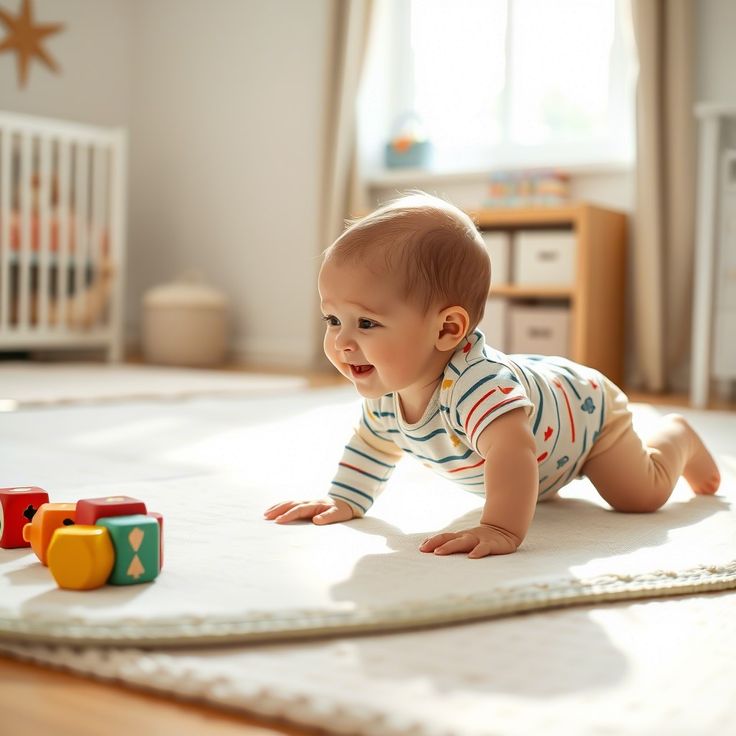
Container Baby Syndrome (CBS) might sound like a buzzword, but it’s a very real—and preventable—risk. CBS refers to a cluster of developmental delays caused by excessive time in “containers” like swings, bouncers, car seats, and strollers.
The syndrome can manifest as flattened head shapes, stiff neck muscles, and lagging motor skills. But here’s the good news: With a few intentional habits, you can sidestep CBS while still using swings when needed.
First, prioritize floor time as your baby’s default “container.” Think of the floor as a baby’s gym—it’s where they learn to roll, reach, and eventually crawl.
Next, embrace the “15-minute rule” for containers. Set a timer when placing your baby in a swing, and stick to 1–2 sessions daily. Use these moments strategically: during a work call, while prepping dinner, or when you need a mental reset. The key is to avoid letting the swing become a default nap spot or all-day lounge.
Babywearing is another CBS antidote. Soft carriers or wraps allow your baby to experience motion and closeness while keeping their hips in a healthy “M” position (knees higher than bottom) and spine naturally curved. Unlike rigid swings, carriers let babies shift and wiggle, engaging their muscles as they grow.
Safe Use Guidelines for Parents
Time It Right: Stick to short, intentional sessions. Most pediatricians recommend no more than 15–30 minutes per session, 1–2 times a day. Think of swing time like a coffee break: a brief reset, not an all-day marathon.
Prioritize Proper Positioning: Always use the swing’s harness, even if your baby seems content. Use the “two-finger test”: Straps should hug snugly with room for just two fingers between fabric and chest. Newborns need the full recline to keep airways clear, while older babies benefit from a more upright “big kid” position to avoid the dreaded slouch.
Supervision Is Non-Negotiable: Never leave your baby unattended in a swing—even if they’re asleep. Position the swing where you can see and hear them clearly, like the living room, while you fold laundry or work on your laptop.
Watch for Warning Signs: If your baby develops a flat spot on their head, struggles to turn their neck evenly, or resists tummy time, it’s time to reassess. Reduce container use and consult your pediatrician—they may recommend physical therapy exercises or a referral to a specialist.
When to Avoid Using Baby Swings Entirely
While baby swings can be helpful in moderation, there are times when skipping them altogether is the safest—and smartest—choice.
1. If Your Baby Has Medical Vulnerabilities
Premature infants: Preemies often have weaker neck and core muscles, making it harder to maintain an open airway in a reclined position.
Respiratory issues: For babies with chronic lung conditions or severe reflux, the swing’s angle can turn breathing into an uphill battle.
Hip dysplasia: The seated “crisscross applesauce” posture in many swings strains developing hips like a misaligned puzzle piece.
Pediatricians typically advise against swing use for these babies until they’re medically cleared. Instead, prioritize babywearing or supervised floor time.
2. If Your Baby Shows Signs of Discomfort or Distress
Some babies simply hate swings. If your little one arches their back, cries persistently, or struggles to settle in the seat, respect their cues. Forcing swing time can create negative associations and stress for both of you.
3. During Sleep
The AAP’s stance is non-negotiable: Swings are never safe for sleep, supervised or not. If your baby drifts off mid-swing, gently relocate them to a firm, flat crib, even if it risks restarting the “hold me” chorus.
4. If You’re Already Seeing Developmental Red Flags
Flat head syndrome, stiff neck muscles, or delayed rolling/crawling? Continuing swing use could exacerbate these issues. Work with your pediatrician or a physical therapist to create a container-free plan that strengthens weak areas through play and positioning.
5. For Older Babies (6+ Months)
Once your baby can sit independently or pull up, swings become both impractical and hazardous. Active, curious infants may try to climb out, leading to falls. In this case, please stop using the baby swing immediately
Conclusion
Baby swings aren’t “bad” for development, but like any tool, their impact depends entirely on how we use them.
The key takeaway? Swings thrive in moderation. They’re a short-term fix, not a long-term strategy. When used sparingly and mindfully—15 minutes here, a half-hour there—they can offer much-needed relief without derailing growth. But lean on them too heavily, and the trade-offs add up: missed opportunities for muscle-building play, reduced face-to-face interaction, and the subtle risks of Container Baby Syndrome.
Recommended Related Articles:

